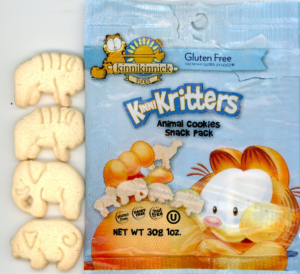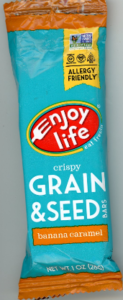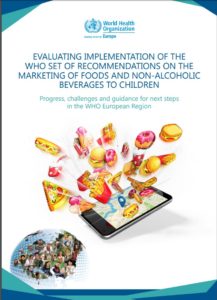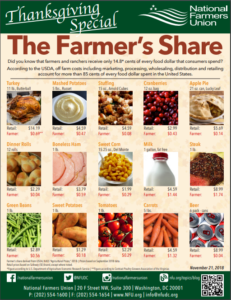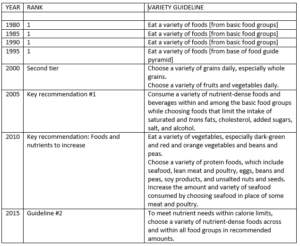NutraIngredients-USA on “Personalized Nutrition”
The food industry is intensely interested in personalized nutrition because it can create and sell products appeared to be aimed directly at individual lifestyles and preferences.
This approach is aimed much more at marketing than it is about public health.
With that said, take a look at how the food industry is using this idea.
Special Edition: Personalized Nutrition
The future is personal, but the revolution is already taking place around us. Innovative science is combining with entrepreneurial endeavor to bring personalized nutrition to our fingertips.
Personalized nutrition is breaking down the silos and bringing together experts in genetics and genomic profiling, microbiology, nutrition and diet, mobile technology, big data, healthcare and more.
In this special edition we talk to the pioneers and experts in this sector, the scientists and the emerging brands, and the tech developers bringing the personalized nutrition future to the present day.
- Personalized nutrition approaches helping to drive evolution of supplement retailing: Personalized nutrition is being folded into the ongoing evolution of retailing in the dietary supplement space, market experts say… Read
- Research backs personalized nutrition process, even if data on customized products lacks, expert says: While personalized nutrition proponents like to push the benefits of the approach, there is little research that backs the notion that products customized for individual consumers lead to better health outcomes than do more generic formulas. But that misses the point, said one expert… Read
- Persona CEO: ‘Chase the shiny new technology that has a big price tag – that’s not always the best solution’: Is a lifestyle questionnaire ‘personal’ enough for personalized nutrition? Persona’s founder and CEO Jason Brown talks about growing a business in the personalized nutrition space.. Read
- Personalized nutrition ‘milestone’: InsideTracker data validates algorithmic platform to improve wellness: Data from 1,033 generally healthy individuals using InsideTracker shows that the automated, web-based personalized nutrition platform is capable of normalizing serum biomarker levels in healthy subjects… Read
- Food selfies and data: Nutrino wants to make personalized nutrition easier for users:A mathematician and an engineer bootstrapped a nutrition-tech company about seven years ago. Their goal was to create a platform that documents the diverse ways human bodies extract nutrition from food… Read
- ‘Hyper-personalised’ recommendations: Spoon Guru targets global domination with growing list of partnerships:UK food tech start-up Spoon Guru has a goal of becoming the dominant technology platform for users looking for product recommendations based on specific lifestyle goals or dietary needs, says co-founder and CEO Markus Stripf, as the company looks to increase its partners globally and launch in the USA… Read
- Nordic Group: Nutrigenomics needs to be ‘done with integrity’ – it’s too early for direct consumer models: Nutrigenomics is gaining plenty of attention but it remains extremely complex and unadapted to direct-to-consumer models, says the MD of Nordic Group – owner of DNA Life and more recently AthGene… Read
- Lux Research: ‘It’s paramount that microbiome data is used for personalized nutrition’: A new market research report explores how the personalized nutrition space can elevate itself beyond “just recommending diets” and become an integral part of preventive health care… Read
- Weight loss presents ‘lucrative’ opportunity in nutrigenomics, says analyst: Nutrigenomics remains a growing niche within the burgeoning personalised nutrition trend but there is significant potential to spark mass market appeal with a focus on weight loss, says a consumer expert… Read

